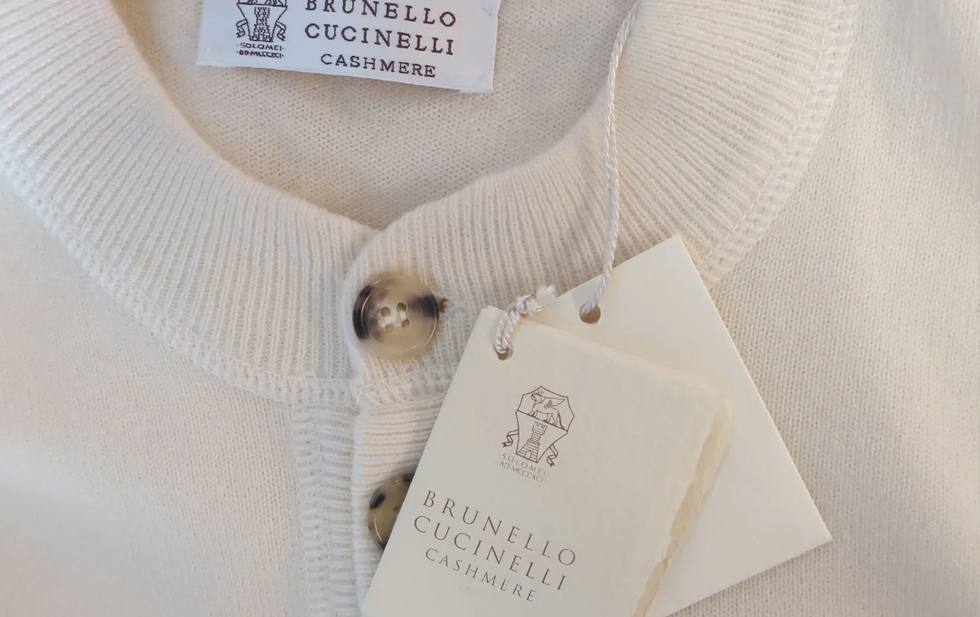The Renaissance of Artisanal Skills in a High-Tech Era
The Renaissance of Artisanal Skills in a High-Tech Era
Amidst rapid technological advancements, a quiet yet significant renaissance is emerging—one that could see traditional craftsmanship claim its space in the future economy.
18 April 2024
BACK TO BLOGS

Introduction
The blend of enduring artisan skills with cutting-edge tech is not just a nod to nostalgia but a strategic move poised to revolutionize industries.
The enduring value of craftsmanship in a world progressively inclined towards automation and mass production is witnessing an unexpected twist. Instead of yielding to the omnipresence of machines, craftsmanship is amalgamating with modern technologies to create a new value proposition—products that are rooted in cultural heritage yet embrace the efficiencies of the digital age. This pivot is not only preserving artisanal skill sets but also unlocking new market opportunities.
The Italian ultra-luxury brand Brunello Cucinelli express this trend like this - “As a perfect blend of industry and craftsmanship, our products are designed to stand the test of time. The whole world is fascinated by the products of our country, by the careful selection of raw materials, and the search for the highest quality and creativity in every step of the production chain. Advanced technology is always seen as a tool, never as an end, in order to combine manual skills and creativity with innovative, cutting-edge tools.”
What's Changing?
Analyzing the current landscape reveals several indicators of this shift:
-
The Indian fashion industry, renowned for its traditional craftsmanship, is taking strides to integrate with e-commerce platforms, as evident from the growth discussed in DFU Publications. By doing so, they are echoing a global trend where the digital reach expands market access for artisan products.
-
Concrete craftsmanship in Utah is redefining sustainability in construction, as TechBullion points out, exemplifying how traditional crafts can venture into new territories by embracing innovative methodologies.
-
Moreover, luxury sectors such as gold jewelry in China are echoing a robust preference for premium-crafted goods as reported by Big News Network.com, suggesting an acute consumer awareness of craftsmanship as a differentiation factor.
-
As the aging skilled workforce heads towards retirement, new opportunities and urgent necessity redefines how craftsmanship is preserved and passed on to future generations, highlighted by Upworthy.
Why is this Important?
The synergy between traditional crafting methods and modern business and tech proposes a crucial competitive edge for multiple industries—which have hitherto been segmented into either mass-produced or artisan-made entities. This merger:
-
Introduces a unique selling proposition that combines the appeal of unique, culturally rich goods with the modern customer's desire for convenient, accessible shopping experiences.
-
Strengthens the export potential of countries boasting a rich heritage of craftsmanship and positions them favorably in the global market, as underscored by Dhaka Tribune.
-
Presents a sustainable approach to production which not only helps in environmental conservation but also appeals to the growing eco-conscious consumer base.
-
Serves as an employment and educational driver, preserving and perpetuating skills that might otherwise be at risk of falling into obscurity due to lack of industrial demand.
Implications
The integration of craftsmanship with contemporary technologies implies a broad spectrum of implications, including but not limited to:
-
Revitalization of local economies through the promotion and globalization of artisan products.
-
Enhanced consumer engagement due to the storytelling and cultural authenticity that handmade products carry—an attribute increasingly valued in a homogenized market.
-
The formation of new educational and apprenticeship models that blend traditional learning with modern design and production techniques.
-
Potential reshaping of trade policies to foster and protect industries rooted in craftsmanship as strategic economic assets.
Questions
Key questions strategic planners should consider include:
-
How might industries traditionally not associated with craftsmanship incorporate artisan elements to create differentiated products?
-
What partnerships can be established between tech companies and artisan communities to foster innovation while preserving heritage?
-
What are the most effective methods for mentoring the next generation of artisans in a landscape where demand for traditional skills is evolving?
-
How can consumer education be enhanced to elevate the perceived value of craftsmanship, influencing a shift away from mass-produced goods?
Summary
The current trajectory of craftsmanship is not aimed at mere survival in the shadows of an automated future; instead, it is carving out a niche that is both profitable and sustainable. By blending tradition with innovation, industries are creating a unique ecosystem where the past and the future coexist, not just side by side, but integrated into a harmonious narrative of growth and sustainability.
